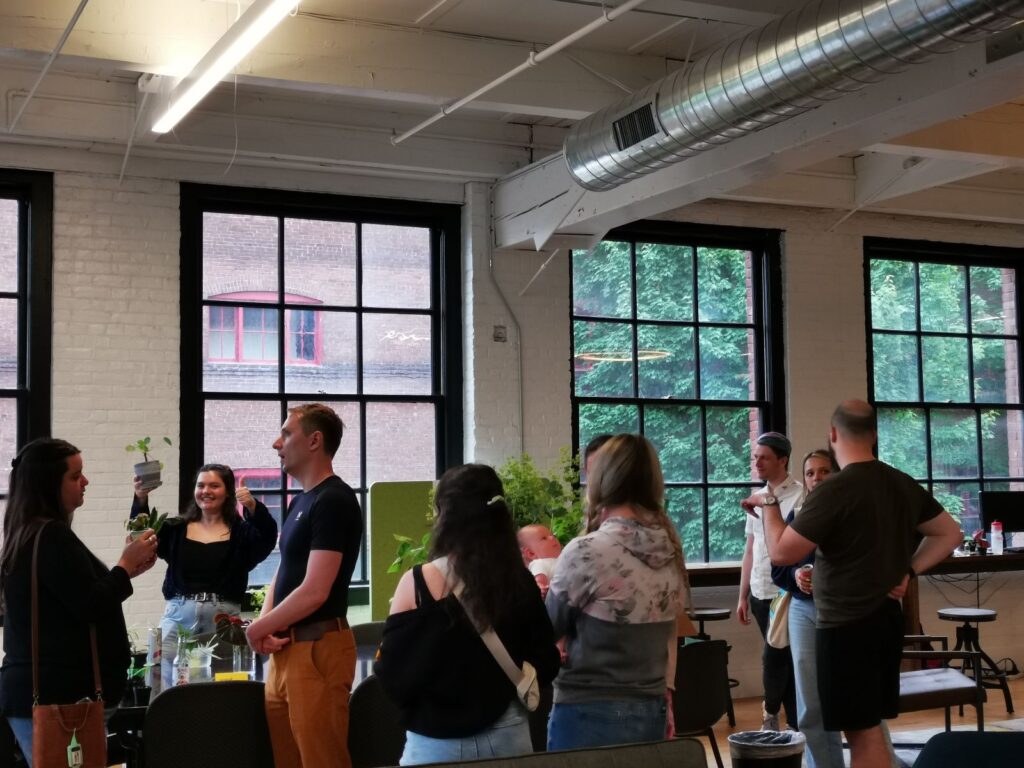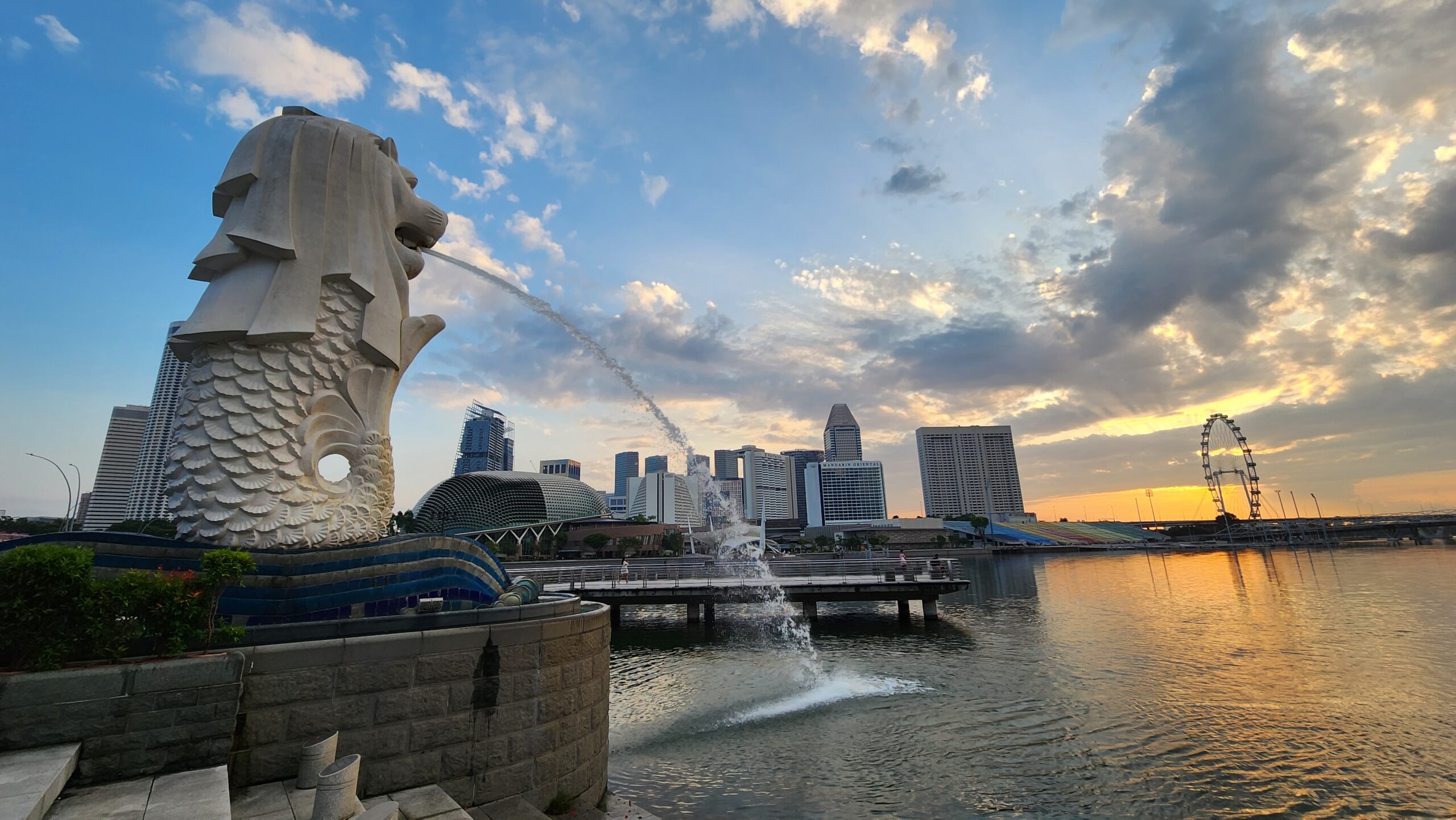



Within the world of intellectual property, different types of searches may be performed depending on the needs of the client and the stage of the invention. Three common types of searches include landscape searches, patentability searches, and a freedom to operate searches. Each type of search is directed towards a different goal and therefore requires different search strategies.
Landscape searches
Landscape searches may give an overview of trends that occur within an innovation field. The purpose of this search is to provide a comprehensive understanding of the state of a particular technology, and to identify potential competitors and opportunities for innovation. Patent and academic databases as well as specific company and product pages are all used to give a broad idea of technology developments occurring within a technology area.
Patentability searches
This type of search is conducted to determine whether an invention is eligible for a patent. It involves searching for prior art – i.e., any existing patents or publications – that might affect the patentability of the invention. Prior art that discloses all or part of an invention are relevant to consider performing patentability searches The purpose of this search is to help the inventor or company make an informed decision about whether to proceed with the patent application process.
Freedom to operate searches
Freedom to operate searches determine if an invention is infringing on the rights conferred by existing patents. In a freedom to operate search, the claims of active granted patents in the country/countries where the invention is to be sold are searched and compared to inventive aspects of the invention. Other types of prior art such as academic articles or sale of products are not relevant to freedom to operate searches.
As an innovative firm, McCoy Russell leverages its expertise, experience, and proprietary software to integrate information from a number of databases, including domestic, foreign, and scientific information. Please contact us to see if we can assist in your searching needs.

Obtaining a patent or trademark can be a complex, costly, and time-consuming process. A crucial first step that is often overlooked is conducting a thorough search of existing patents and/or trademarks.
By doing so, one can prevent the issuance of an invalid patent or trademark, as it is important to know whether similar patents or trademarks already exist. Failure to do so may not only jeopardize the chances of obtaining the desired patent or trademark, but also lead to potential litigation.
Conducting searches can also help to save time and money in the long run. By identifying any potential issues early on, it is possible to make necessary changes or adjustments to the patent or trademark application before submission, reducing issues in downstream prosecution or enforcement.
Conducting a comprehensive search is not easy, however. It requires expertise in the field of intellectual property law, as well as access to the appropriate search tools and databases.
As an innovative firm, McCoy Russell leverages its expertise, experience, and proprietary software to integrate information from a number of databases, including domestic, foreign, and scientific information. Please contact us to see if we can assist in your searching needs.

Last week, McCoy Russell held a Summer event at its headquarters in the heart of the Pearl. Folks living locally or willing to make the drive gathered at the firm’s collaborative space to connect with each other in-person for a Plant Swap.
There was a wide selection of indoor and outdoor plants, as well as a light spread for folks to enjoy as they caught up. It was a great opportunity to discuss and trade plants as temperatures warm up for summer in the Pacific Northwest.

We look forward to our next firm event later this summer!

When it comes to understanding complex inventions and their commercial applications, particularly when the inventor is an esoteric professor, there are many challenges. Esoteric professors are renowned for their deep knowledge in niche technological fields, making them ideal resources for unraveling the intricacies of groundbreaking innovations. However, to truly benefit from their wisdom, it is crucial to ask the right questions. McCoy Russell explores the essential inquiries you should make to gain a comprehensive understanding of an invention and its potential commercial applications.
Can you explain the invention in simple terms?
Esoteric professors often possess a wealth of technical knowledge, but their expertise may come with a specialized vocabulary. To ensure clarity, it’s essential to ask the professor to explain the invention in simple terms. This will help you grasp the fundamental concepts and lay the foundation for deeper discussions.
What problem does this invention solve?
Every invention emerges from a need to solve a technical problem or address a technical challenge. Ask the professor to elaborate on the specific problem the invention aims to solve. Understanding the context will allow you to assess the invention’s relevance and potential impact within the industry or market.
What are the key technical components or features?
Inventions often comprise various technical components or features that contribute to their functionality. Ask the professor to outline the essential elements of the invention and explain how they work together. This will help you identify the unique aspects of the invention and understand its underlying technology.
Are there any existing or competing technologies?
To evaluate the invention’s commercial viability, it’s crucial to identify any existing or competing technologies in the market. Ask the professor if there are similar solutions available and how the invention differentiates itself from them. This information will help you assess the invention’s potential market advantages and intellectual property landscape.
How does the invention create value?
Understanding the value proposition of an invention is vital for assessing its commercial potential. Ask the professor to explain the specific ways in which the invention creates value for potential users, customers, or the industry as a whole. This could include cost savings, efficiency improvements, environmental benefits, or enhanced user experiences.
What are the potential commercial applications?
Inventions often have multiple potential applications beyond their initial purpose. Ask the professor to explore the various commercial applications the invention might have. This will broaden your understanding of its versatility and uncover additional market opportunities that could be explored.
What are the potential challenges or limitations?
No invention is without its challenges or limitations. Ask the professor to discuss any known obstacles that might hinder the widespread adoption or commercialization of the invention. Understanding these limitations will enable you to identify potential areas for improvement or areas that require further research and development.
Engaging with an esoteric professor can be an enlightening experience when seeking to understand complex inventions and their commercial applications. By asking the right questions, you can unlock valuable insights and gain a comprehensive understanding of the invention’s technical aspects, market potential, and intellectual property landscape. These inquiries will help you assess the invention’s viability, identify unique selling points, and make informed decisions regarding its commercialization. Remember, collaboration with an experienced intellectual property law firm can further complement your efforts in protecting and maximizing the value of the invention in the competitive technology landscape.
Contact us at [email protected] if McCoy Russell can be of assistance.

As the landscape of intellectual property (IP) continues to evolve, businesses and inventors face the challenge of protecting their innovative ideas while effectively managing costs. This is especially relevant for growing businesses, where effective use of capital is a significant factor in overall success. McCoy Russell explores 10 recommendations for patent and trademark prosecution that not only focus on value, but also ensuring that your IP strategy does more than minimize costs at the expense of IP valuation.
1. Strategic Portfolio Planning:
Collaborate closely with your intellectual property attorney to identify key inventions or trademarks that align with your business objectives. By prioritizing protection for the most commercially viable assets, you can avoid unnecessary expenses and focus your resources where they matter most.
2. Thorough Prior Art Searches:
When time permits, conduct effective prior art searches before filing patent applications to assess patentability and avoid unnecessary prosecution expenses and reduce negative outcomes. McCoy Russell recommends a search as a good first step for those seeking Patent or Trademark protections.
3. Provisional Patent Applications:
Evaluate provisional patent applications that fully describe your invention to secure an early filing date and delay expenses while marketing your invention. This approach offers a 12-month grace period to explore its market potential, develop improvements, and seek potential licensees or investors.
4. International Filings:
Expanding your intellectual property protection beyond national borders can be a substantial expense. McCoy Russell is experienced in international filings and navigating cost-effective routes like leveraging the PCT or Madrid Protocol.
5. Collaborative IP Management:
Consider sharing costs through cooperative agreements, joint ventures, or patent pools with other inventors or businesses in your industry to help lower the financial burden. McCoy Russell helps its clients navigate these collaborative arrangements and negotiate favorable terms.
6. Monitor and Evaluate:
Regularly review your IP portfolio, eliminating or transferring assets that no longer align with your business strategy to save on maintenance fees.
7. Technology and Automation:
Leverage technology tools and software to automate tasks and streamline patent and trademark prosecution processes. McCoy Russell has propriety software developed in-house, licensing available through IronCrow AI, made for patent professionals by patent professionals to automate tedious tasks and free up time to work on harder aspects of prosecution.
Protecting your intellectual property is crucial for businesses, and doing so while managing costs effectively can be a game-changer. By adopting strategic cost-saving measures like prioritizing portfolio planning, conducting thorough prior art searches, leveraging provisional applications, and exploring collaborative opportunities, you can optimize your IP protection while minimizing expenses. McCoy Russell has the technical expertise and experience to help clients achieve long-term success in the competitive IP landscape. Contact us at [email protected] if we can be of assistance.

The global protection and enforcement of patents play a vital role in business strategy. However, for patent applicants seeking global protection, the process can be intricate, especially when it comes to submitting figures for patent applications and navigating the diverse requirements across international jurisdictions. In this post, we will delve into the difficulties encountered and provide valuable insights to help streamline the process.
One of the primary hurdles in submitting figures for patents across international jurisdictions is the variation in requirements. Each country has its own set of regulations, guidelines, and formats that must be followed. For instance, some jurisdictions demand certain font sizes and line thicknesses, while other accept various forms of schematic representations. Understanding these disparities is crucial to ensure compliance and avoid unnecessary rejections.
Another significant challenge arises from language barriers and the subsequent need for accurate translations. Patent figures often contain complex technical information, and it is imperative to accurately convey this information across different languages. Translations must be precise to preserve the intended meaning and avoid misinterpretation by patent examiners. Collaborating with translators well-versed in both the technical field and the target language is essential to overcome this obstacle effectively.
Harmonizing patent figure standards globally would greatly simplify the submission process. By establishing a universally recognized format, inventors and attorneys would be able to submit figures across jurisdictions with fewer modifications and reduced costs. Promoting the adoption of international standards could expedite the examination process and foster consistency in patent documentation, benefiting both applicants and patent offices.
Given the complexities and intricacies involved in submitting figures for patents in international jurisdictions, working with a professional is highly recommended. McCoy Russell has seen significant success with its international intellectual property practices. The firm collaborates with foreign associates around the world and regularly meets with its representatives to the benefit of McCoy Russell’s clients.
McCoy Russell LLP
1410 NW Johnson St., Ste 201
Portland, OR 97209

Recent Comments